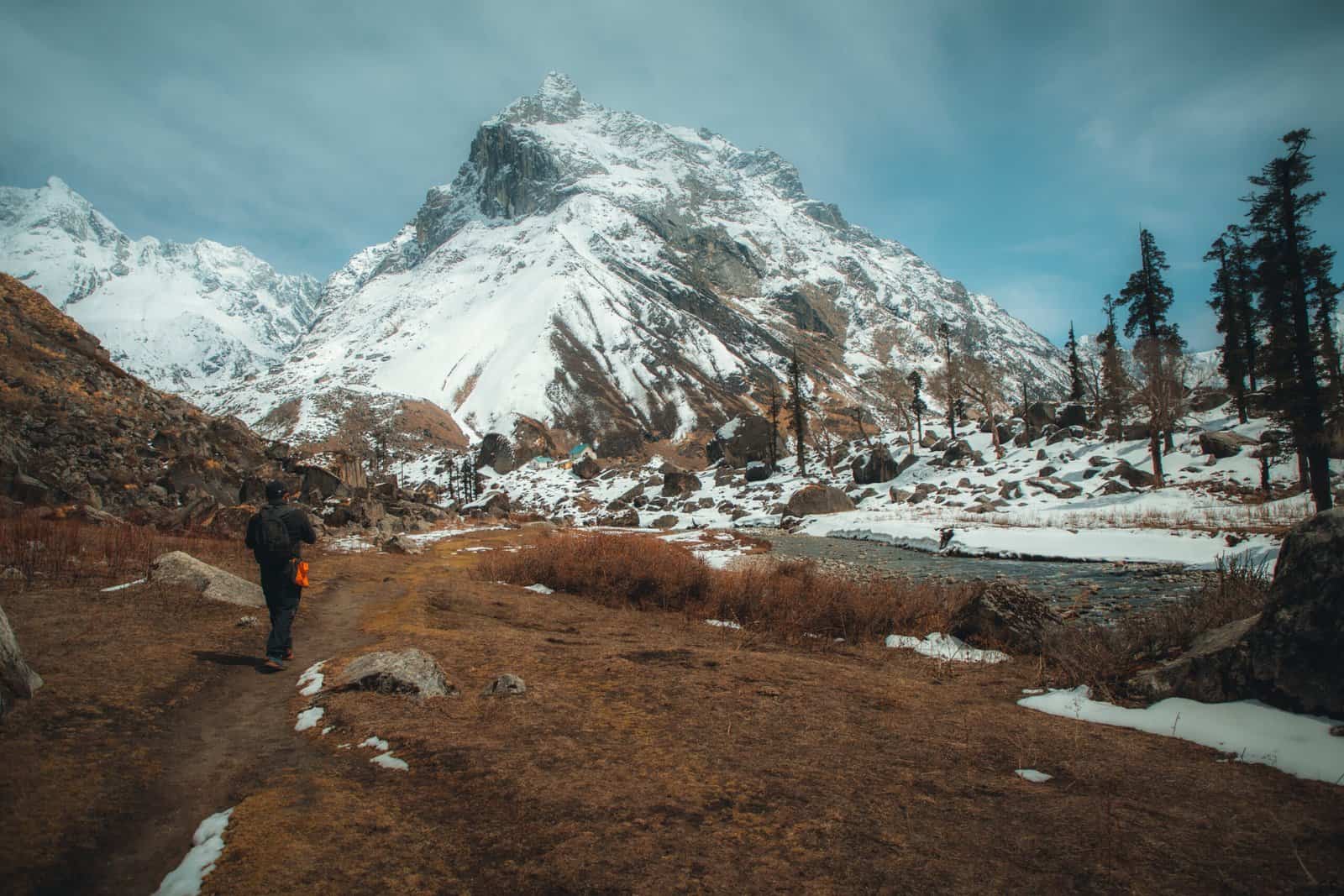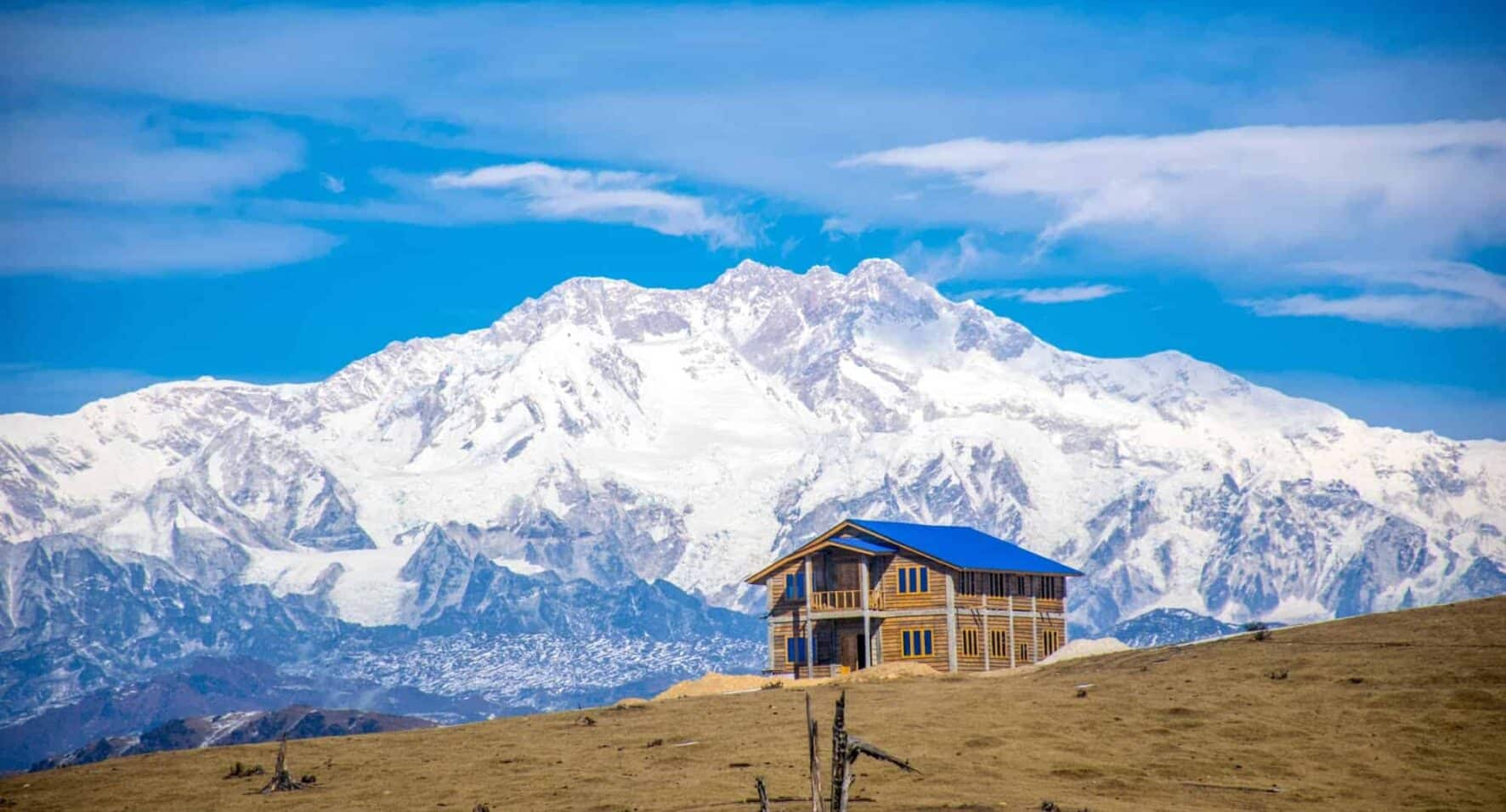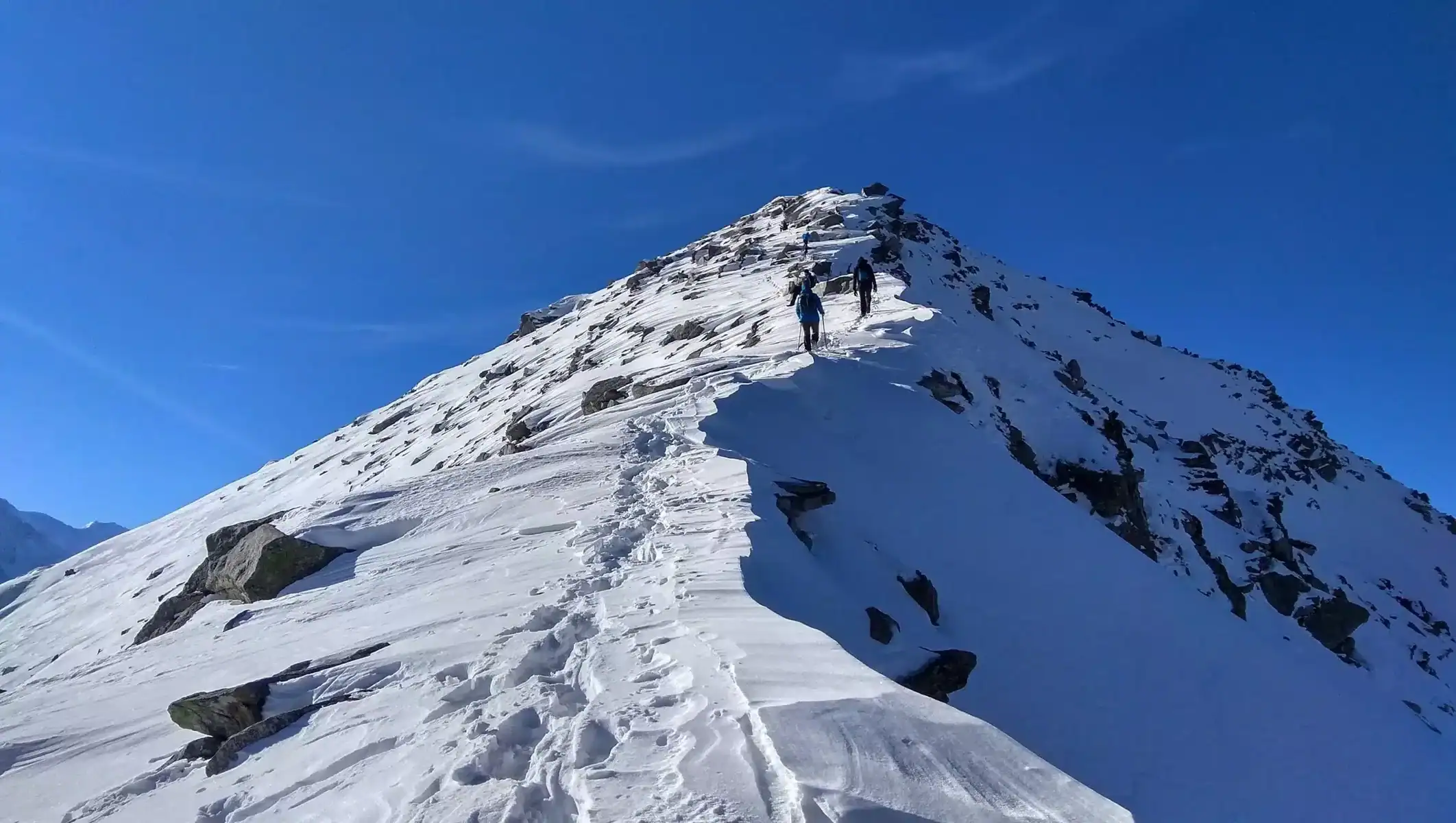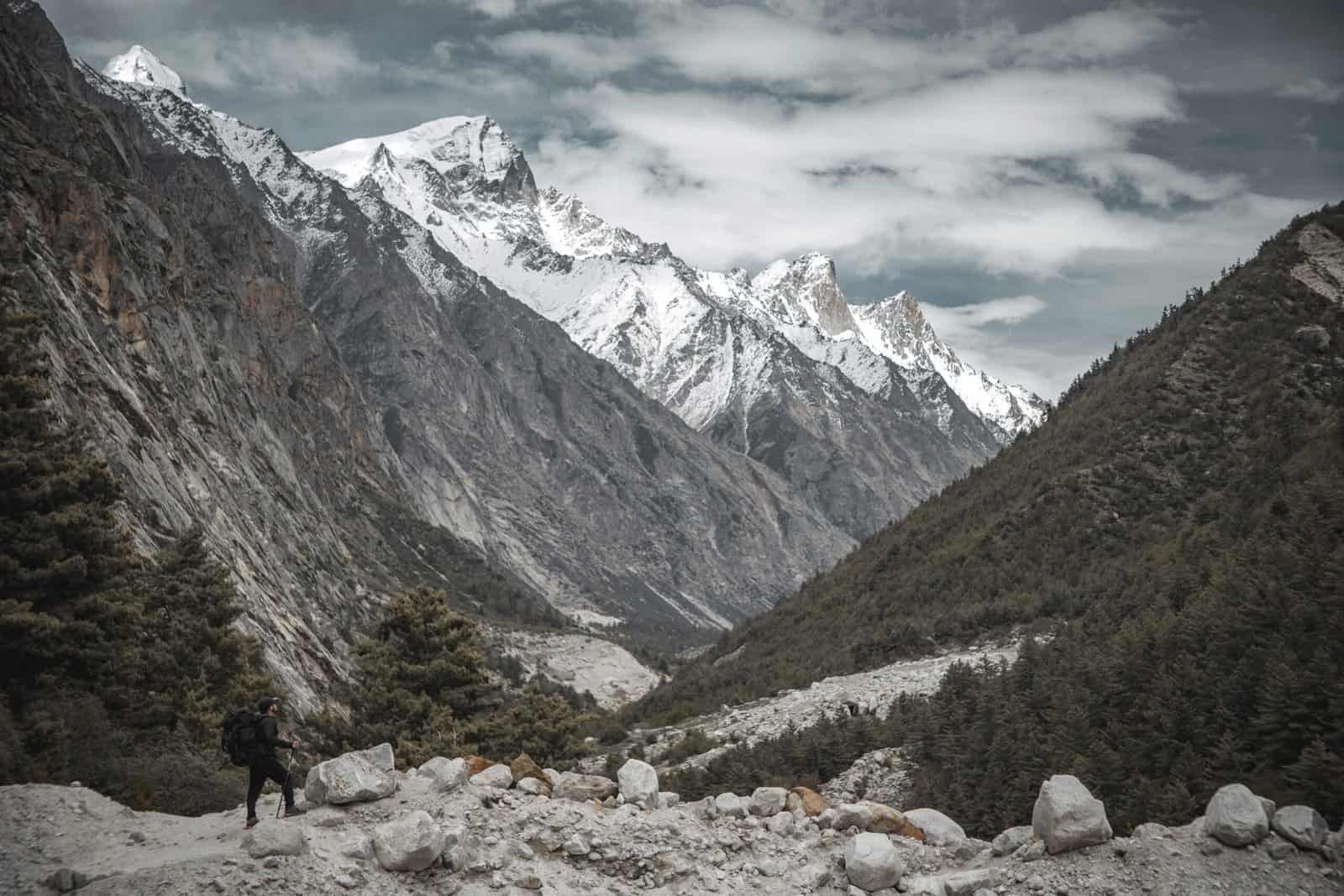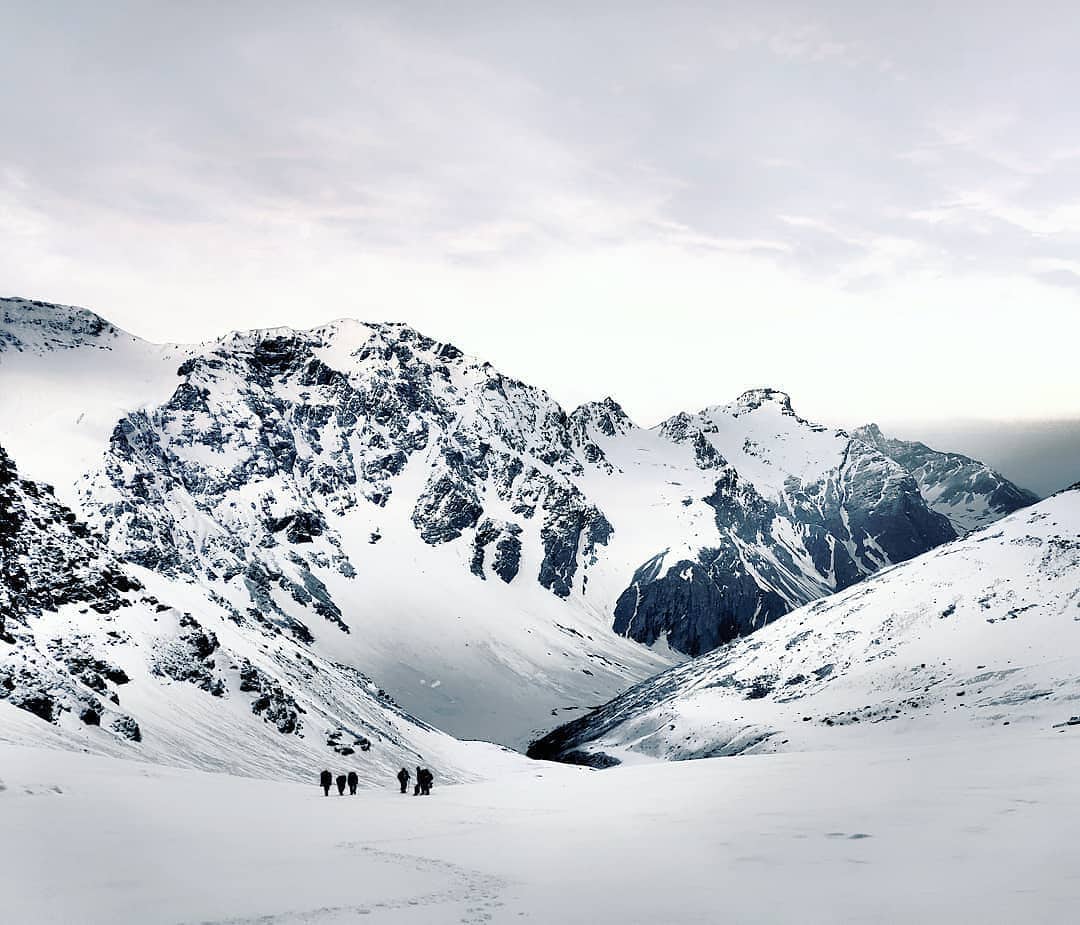Essential Factors To Check Of A Backpack Before Purchase
How to Choose the Right Trekking Backpack: Essential Considerations
When shopping for a trekking backpack, it’s important to evaluate several key factors to ensure you’re investing in a high-quality product that meets your needs and enhances your trekking experience.
Key Factors to Consider:
1. Capacity and Organization
Your backpack should have sufficient space to carry all the necessary gear for your trek. Look for a pack with multiple compartments and organizational pockets to help you keep your gear neatly arranged and easily accessible. The capacity should align with the duration and type of your trek—typically, a 50L to 60L pack works well for multi-day treks.
2. Durability
A trekking backpack must be built to withstand the rigors of outdoor conditions. Ensure the materials are robust, such as ripstop nylon or high-density polyester, which are designed for durability and resistance to abrasions. Additionally, check that the pack has reinforced stitching and reliable closure systems to endure challenging terrain and weather conditions.
3. Comfort and Fit
Comfort is paramount when choosing a trekking backpack. Look for features such as padded shoulder straps, a breathable back panel, and an adjustable hip belt to distribute the weight evenly. An ergonomic design will reduce strain on your back, shoulders, and hips, making it more comfortable to carry the pack over long distances. It’s essential that the backpack fits well and adjusts to your body, so take the time to try it on with weight before purchasing.
4. Attachment Points
Consider backpacks that offer multiple attachment points for trekking poles, ice axes, sleeping mats, and other essential gear. These external attachment features maximize internal space and provide convenient access to frequently used equipment during your trek.
5. Weight and Balance
The weight of the backpack itself is a critical factor, especially for long treks. A lightweight design will help minimize the overall weight load. Additionally, ensure that the pack is well-balanced to maintain proper weight distribution, which will reduce fatigue and improve stability as you navigate uneven terrain.
6. Weather Resistance
Your trekking backpack should be weather-resistant to protect your gear from moisture and rain. Look for features such as sealed zippers, water-resistant fabric, and an integrated rain cover. These elements will help keep your equipment dry and safe, especially in unpredictable weather conditions.
Why Understanding Backpack Components is Essential
Before making a purchase, it’s crucial to familiarize yourself with the various components and design features of a trekking backpack. This knowledge will enable you to select a pack that is tailored to your specific needs, ensuring it meets both your comfort and practical requirements. Neglecting this step can lead to discomfort or even regret if the backpack fails to perform as expected during your trek.
1. Upper Storage Compartment
Top Pocket:
The top pocket of a trekking backpack is designed for easy access to items you may need during your trek, such as sunscreen, sunglasses, guidebooks, reading material, or maps. This pocket is typically equipped with a zipper that opens towards the back for secure storage. Properly packing the top pocket is crucial as it not only helps with organization but also contributes to the overall balance of the backpack, ensuring your load is evenly distributed.
Top Inner Pocket:
Located within the top compartment, the inner pocket is perfect for storing small yet essential items like batteries, headlamps, camera accessories, power banks, and important documents. This pocket offers quick access to these items while keeping them secure and organized. Keeping these essentials in the top inner pocket ensures you can easily retrieve them without having to dig through the entire backpack.
2. Middle Storage Compartment
Handle of the Backpack:
The handle is a critical feature of your backpack, particularly since it is often used by airline staff to lift and move your gear. A durable and robust handle ensures that the weight is evenly distributed when handled, preventing any damage to the bag. In the absence of a strong handle, the strings near the top compartment may be used, which could lead to unnecessary strain. It’s essential to choose a backpack with a well-designed handle for added protection.
Adjustment Straps for Load Distribution:
Adjustment straps are vital for ensuring proper weight distribution across your body. A backpack with these straps is highly recommended as they allow for better alignment, minimizing the load on your shoulders and back. These straps help in redistributing the weight efficiently, ensuring a more comfortable hiking experience.
Shoulder Straps:
Shoulder straps should have a curved, boomerang-like shape to provide optimal support and comfort. Well-padded straps are essential for preventing discomfort and pressure points. The design of these straps is crucial for supporting the full weight of the backpack, ensuring both durability and comfort. A properly fitted shoulder strap enhances stability and prevents the straps from digging into your skin during long treks.
Shoulder Strap Adjuster:
Adjustable shoulder straps are essential for customizing the fit of the backpack to your body. Proper adjustments prevent the backpack from slipping down your back, while also ensuring that the straps do not dig into your shoulders. Fine-tuning the fit allows for better balance and comfort throughout your trek. Remember to re-adjust the shoulder strap adjusters after the first day of hiking to allow the backpack to settle and adapt to your body’s needs.
Compression Strap:
The compression strap is an often-underutilized feature but is crucial for maintaining a compact and stable pack. These straps help secure the contents within the backpack, preventing shifting that could affect balance. They also help maintain the shape of the backpack, which is essential for both comfort and safety during your trek.
Chest Strap:
The chest or sternum strap is an often-overlooked yet highly beneficial feature. This strap helps distribute the load across your chest, reducing the strain on your shoulders and making the backpack feel lighter. It also prevents the shoulder straps from sliding off your shoulders, improving overall stability and comfort.
Side Pockets:
Side pockets are a practical design feature for quick access to items you need on the go, such as gloves, sunglasses, or an umbrella. These pockets are ideal for storing small, frequently used items. However, it’s important not to overload these pockets, as doing so can compromise the balance and stability of the backpack.
Hip Belt:
The hip belt is a crucial component for reducing the weight carried by your shoulders. It redistributes up to 80% of the pack’s weight to your hips, providing greater comfort and reducing shoulder fatigue. A well-fitted hip belt also helps maintain balance while walking. Ensure that the hip belt is not slipping down your legs, as it plays a key role in stabilizing the load.
Hip Pouches:
Many modern backpacks come equipped with hip pouches, providing easy access to small, essential items like snacks, a pocket knife, or a map. These pouches allow for quick retrieval of frequently used items without the need to open the main compartment, streamlining your hiking experience.
Stabiliser Strap:
The stabiliser strap plays a key role in evenly distributing the weight of the backpack. By connecting the hip belt to the main body of the backpack, it ensures that the load stays in place, improving comfort and stability. Proper adjustment of this strap helps in maintaining an even distribution of weight across your hips.
Ventilation:
Ventilation is an important feature in a trekking backpack. A well-ventilated backpack includes mesh panels or other breathable materials to keep your back dry. This allows air circulation, reducing sweat build-up and improving comfort during extended treks.
Lumbar Pad:
The lumbar pad is essential for providing support to the lower back, helping maintain proper spinal alignment. It cushions the area where the backpack rests on your back, reducing the risk of discomfort or injury. Be cautious when selecting a lumbar pad; overly soft options may not provide adequate support and could result in unnecessary pressure on your spine.
3. Lower Storage Compartment
Lower Compartment:
Beneath the main compartment of your backpack, you’ll find a spacious lower section. While this area was traditionally used for storing sleeping bags, modern trekking practices suggest it’s better suited for storing items such as rain gear, inflatable equipment, soiled clothes, or liners. This designated area helps to keep the main compartment organized and protects your clean gear from moisture or dirt.
Ice Axe Loops:
Ice axe loops are a feature appreciated by experienced trekkers, particularly in icy or mountainous terrains. These loops provide a secure place for attaching an ice axe or other tools like carabiners. It’s important to note that these loops are not intended for hanging items such as water bottles or floaters. Keeping your backpack free from dangling objects is essential to maintaining balance and comfort during your trek.
Accessories Pouch:
An accessories pouch is a practical addition to any backpack, especially for those who prefer traditional water bottles over hydration packs. It provides convenient storage for water bottles, snacks, and miscellaneous items that require easy access. Additionally, the pouch can be used to store trash and wrappers, helping to keep your pack organized and reducing clutter during your hike.
Rain Cover:
A high-quality, waterproof rain cover is an essential feature for protecting your backpack and its contents from the elements. Typically stored inside the main compartment or a dedicated pouch, the rain cover is designed to fit over the entire backpack to keep it dry during wet weather. Ensuring your backpack is equipped with a reliable rain cover is key to safeguarding your gear in unpredictable conditions.
Hydration Pouch:
Located centrally at the rear of the backpack, the hydration pouch is specifically designed for storing a hydration system. This compartment typically features a top slot for the hydration pack’s nozzle, allowing for easy access to water while trekking. Additionally, there’s often a secondary compartment in front of the hydration pouch, perfect for storing important items such as maps, documents, or your passport.
Conclusion:
Choosing the right trekking backpack is crucial for ensuring comfort and functionality during your outdoor adventures. A well-designed backpack can significantly reduce strain on your back and shoulders, making your trek more enjoyable. By considering the factors outlined above, you can select a backpack that meets your specific needs and enhances your trekking experience.
Explore Our Top Backpack Picks for Your Next Trek
Looking for the perfect trekking backpack? We’ve made it easy for you. Browse through our carefully selected options to find the ideal backpack that suits your adventure needs. Whether you’re heading for a short hike or an extended trek, our curated list of backpacks will ensure you’re well-equipped for any journey.
Click here to discover the best backpacks to buy for your next adventure!
About Author

Preetam Singh Rawat (Founder)
The person behind this trekking organization is someone who’s spent over a decade – 12 years, to be exact – living and breathing the mountains. With multiple high altitude summits under his belt (we’re talking 6000 to 7000 meter peaks), he’s not just experienced – he’s the real deal.
But what really sets him apart is the sheer number of treks he has guided. He has led over 200 Himalayan expeditions, including well known routes like Bali Pass, Buran Ghati, Rupin Pass, Pin Bhabha, Stok Kangri, and Black Peak. Not just once, but multiple times. So yeah, when it comes to the Himalayas, he knows every twist in the trail and every story the mountains have to tell.
Got questions or want to get in touch? Write to Preetam at preetam@trekupindia.com. He’s always happy to chat about treks, answer your questions, or help you prepare for your next big adventure.


